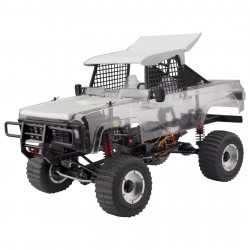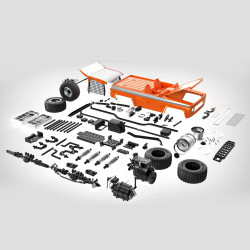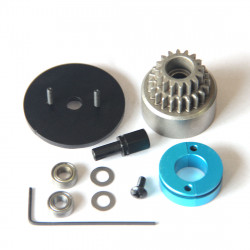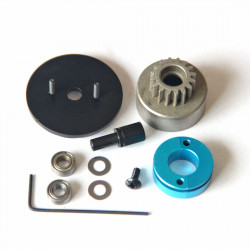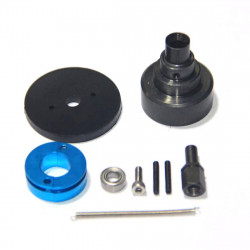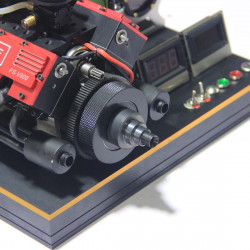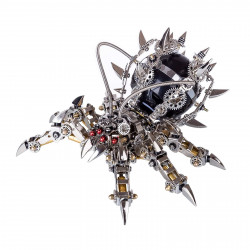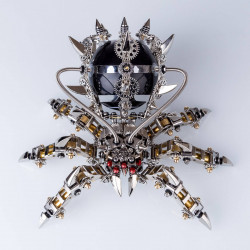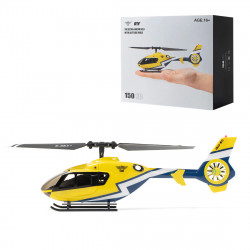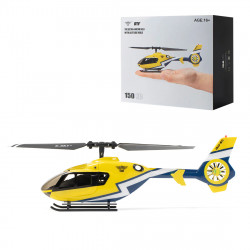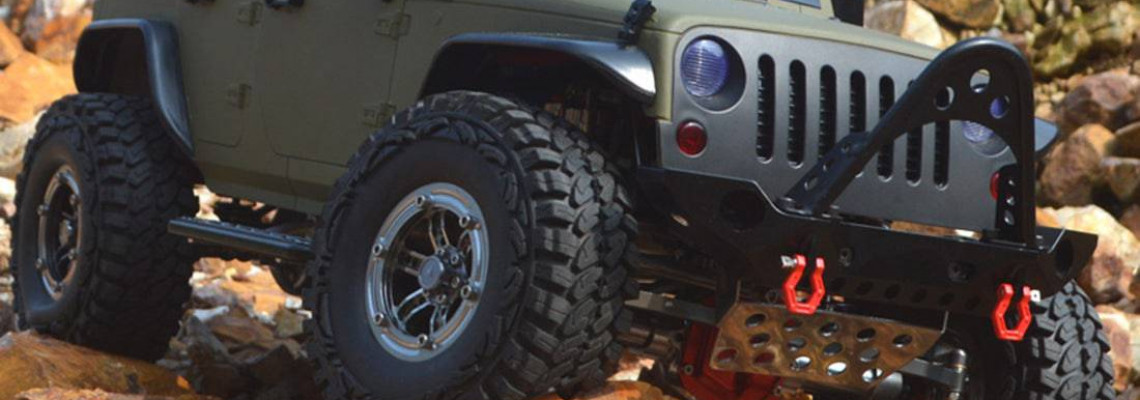
How to Choose Your First RC Car?
In the hobby of RC vehicles, the thrill of high-fidelity restoration and crawling come together to provide an incredible experience. Whether you're motivated by the thrill of competition or the satisfaction of creating your tiny vehicle, picking the right first RC car is crucial for a smooth start. This article will assist you in navigating the essential phases, from understanding different models and features suitable for novices to wise budgeting and making that necessary purchase.
What Are the Various RC Car Types?
Understanding the various RC car kinds is necessary to navigate the various RC car terrains. On-road vehicles have sleek designs, speed, and smooth surfaces, making them ideal for racing on asphalt or carpet courses. Off-road versions' rugged construction enables them to handle challenging terrain like rocky roads and dirt tracks. Buggies are adaptable for beginners because they combine elements of both worlds and balance speed and off-road capability.
Truggies take things further and provide exceptional control over obstacles thanks to their monster truck-like tires and buggy chassis. Monster trucks dominate more brutal terrain thanks to their large, aggressive tires and excellent ground clearance, but their speed may not match that of on-road vehicles. Well-liked beginning models for novices, like the 1/10 scale ROCHOBBY Atlas for off-roading or the Tamiya TT-02 for on-road enthusiasts, offer robustness and ease of use, lowering the learning curve and creating a lot of enthusiasm. Each type has pros and cons that contribute to creating a unique RC trip.
What Should Beginners Look for in RC Car Features?
Understanding crucial features is essential for a first-time RC car enthusiast to have a positive experience. Durability is the most important factor; a car with strong construction and long-lasting components will be able to handle shocks and collisions while you are in charge. Scale is equally significant since it affects handling and usability. Smaller cars (1/24 or 1/18) are portable, frequently more affordable, and suitable for confined spaces, while larger vehicles (1/10 and up) offer more intricate designs and strong performance outdoors.
The battery one uses is another crucial factor. If additional power and longer run durations are required, lithium polymer (LiPo) batteries are the preferred option even though they require more maintenance; nickel-metal hydroxide (NiMH) batteries are reasonably priced and easy for beginners to use. Lastly, ease of use is essential; pick models that require less complex maintenance so you may spend more time driving and less time worrying. These fundamental components are the foundation for a beginner's journey into the RC car hobby since they ensure enjoyment, growth, and little aggravation.
Ready-to-Run (RTR) vs. Build-Your-Own Kits
Feature Ready-to-Run (RTR) Build-Your-Own Kits
Assembly Required No. It comes pre-assembled and ready to use. Yes. It requires complete assembly, offering a hands-on building experience.
Time to Start: Immediate. Just charge the batteries, and you're set to go. Time to Start: Varies. Depending on the complexity of the kit, it can take several hours to days.
Skill Level: This is Suitable for all, especially beginners looking for an easy start. It is ideal for those who enjoy DIY projects and have patience for intricate tasks.
Customization Limited. Mostly aesthetic changes since components are pre-selected. High. Offers the flexibility to choose and upgrade individual parts from the beginning.
Learning Opportunity Less. Primarily focused on driving rather than building. Extensive. Teaches the mechanical and electrical workings of RC cars.
The Initial Cost is generally higher as it includes everything needed to operate. It is lower upfront, but it can increase with custom parts and tools required for assembly.
Maintenance Know-How Basic. RTRs help newcomers learn maintenance gradually as they go. Advanced. Building the car means a deeper understanding of repair and upkeep.
Ideal For Those who value convenience and want to enjoy their hobby immediately. Hobbyists who find satisfaction in the assembly process and wish to personalize their RC.
How Can You Budget Wisely for Your First RC Car?
Setting aside money for an RC car covers the first purchase, your enjoyment, and potential future skills. Costs vary widely, ranging from affordable entry-level models suitable for beginners to expensive RC cars with advanced features ideal for seasoned enthusiasts. To balance price and quality, look for well-built vehicles under reliable brands that offer help and replacement components.
Remember that the price tag on the box is just one reference point, not the complete story. Accessories like extra tires or body shells and other expenses like batteries and chargers can add up quickly. Remember that a higher-quality battery and charger will significantly enhance your experience, so start with what is strictly required.
Your growing ability may increase demand for a more sophisticated car. It makes sense to pick an upgradeable model where you can swap out sections over time rather than the entire vehicle. This approach allows you to spread expenditures by matching your spending to your growing hobby proficiency and learning as you go.
Where Should You Buy Your First RC Car and What to Look For?
Investigate reputable businesses first; seek out companies with a reputation for excellence and customer service. Reputable businesses, such as neighborhood hobby stores or highly regarded internet retailers, may offer professional advice and post-purchase assistance.
A car that satisfies local track requirements is essential; therefore, compatibility with the racing community should be taken into account. Attending races and joining local enthusiast groups can improve your experience.
Make sure the following are present or taken into consideration in your setup before completing your purchase:
- The actual RC car, complete with tires and a body
- A trustworthy control system (receiver and transmitter)
- A suitable charger and appropriate batteries
- Any equipment needed for assembly or modification
